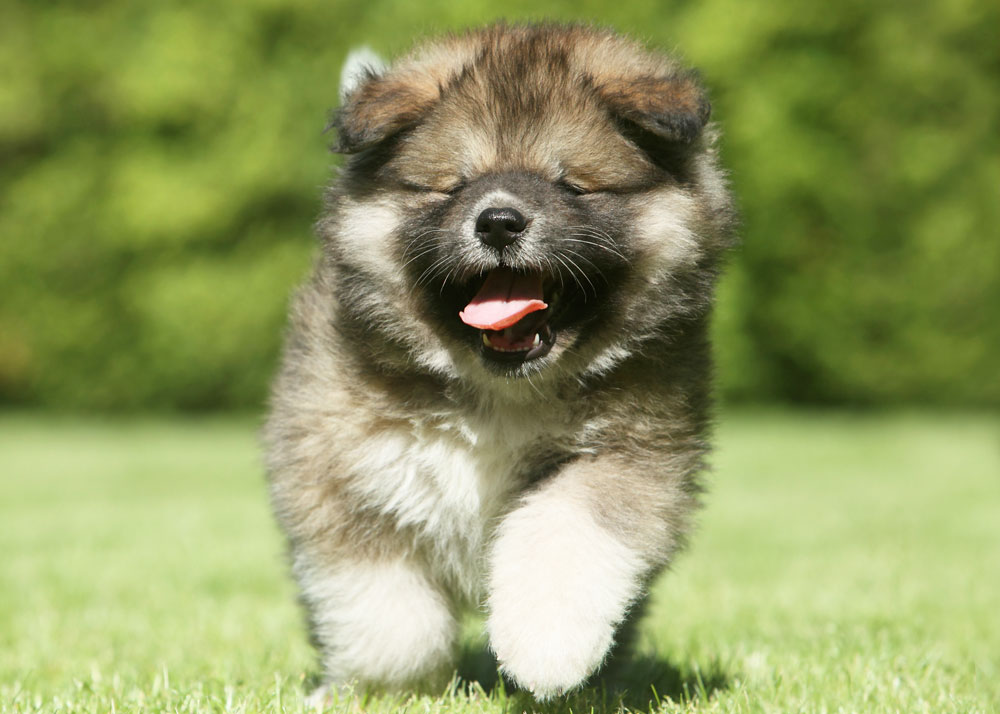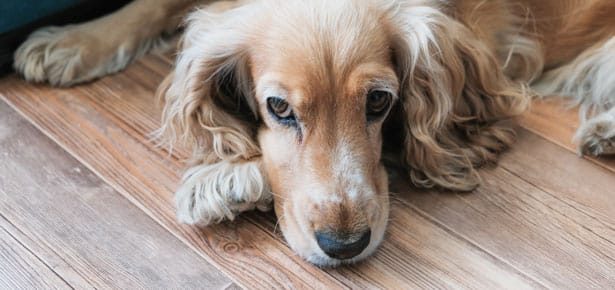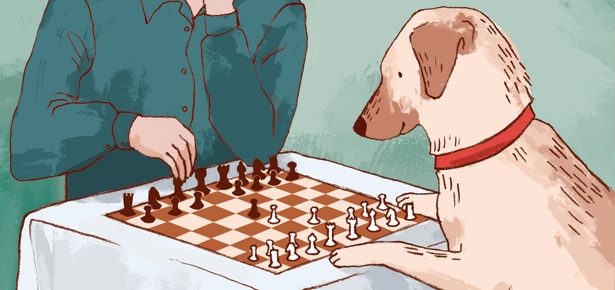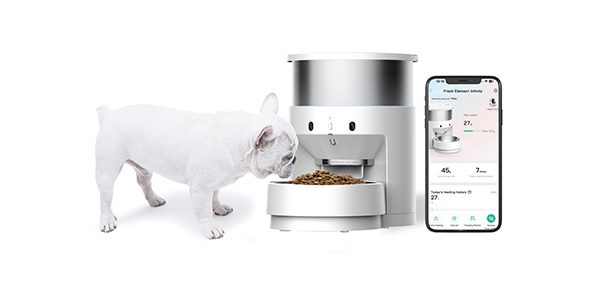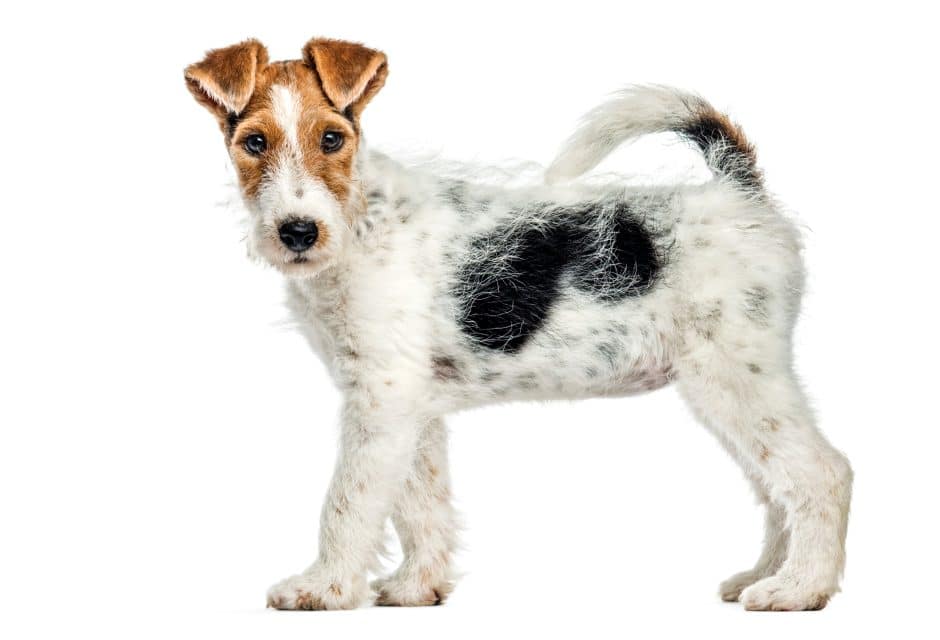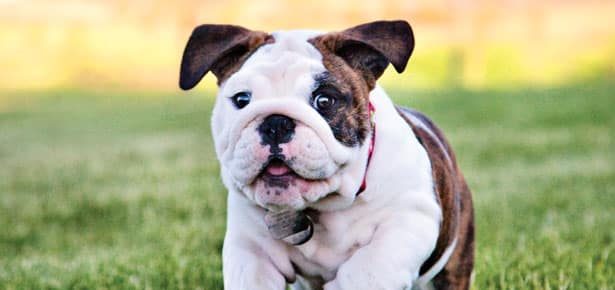
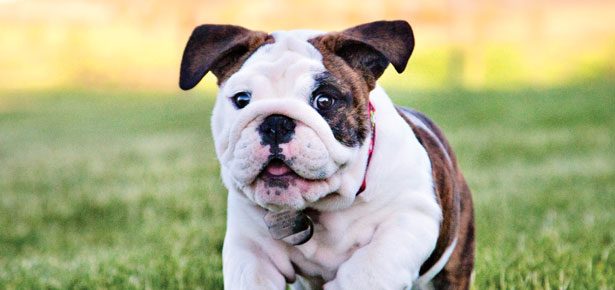
How Much Exercise Is Right For Your Puppy?
Depends on the breed, size, and age of your pup!
Keeping your energetic puppy active and engaged is important, but you need to be mindful of your puppy’s joints, says Dr. Felix Duerr, an Associate Professor in Small Animal Orthopedics and the head of the Orthopedic Medicine and Mobility Service at Colorado State University. A puppy’s joints can actually be quite fragile as the pup grows and the body changes, particularly if it’s a large breed or genetically predisposed to conditions like hip dysplasia.
Puppies go through major growth spurts and changes in the early stages of their life. Just when these growth phases occur depends on the breed and size of the dog.
“Small dogs have done most of their growing by eight months and larger dogs by 12 months,” says Dr. Duerr. “When they are growing is when a lot of things really make a huge difference.”
Converse to what you might imagine, if your puppy is in the growth stage, your pup actually may not need as much exercise and food as you think. Both overfeeding and over-exercising can cause joint damage.
“What we should do for puppies is we shouldn’t do more activity than they would do when they self-regulate without any stimulus,” says Dr. Duerr. “It is a little different for every puppy, but I think a little bit less activity, more consistent activity, and having the same routine every day is better for their development.”
Inactivity, however, can also be an issue. “You get joints that are not used to activity and then suddenly they overdo it because their adrenaline goes all crazy and they don’t self-limit and you actually cause some damage to the joints,” explains Dr. Duerr.
Thus, maintaining a consistent, balanced, and controlled exercise routine with your puppy is essential. Dogs who compete at the elite levels of agility start their training at a young age but start with gradual and age-appropriate training to avoid any potential injuries or chronic joint issues. The same rules should be applied for general play time and exercise at home.
Nutrition should also be closely monitored.
“Nutrition is important at any stage but particularly during that early stage, it is huge. Quality food is one thing, so (providing) that balanced diet, but also not overfeeding them,” says Dr. Duerr. “Probably one of the biggest mistakes that we see is people are feeding their puppies too much.”
This is because overfeeding can lead to rapid growth or weight gain, which can lead to a higher incidence of orthopedic problems. Some pups need food specially formulated for large breed puppies, notes the AKC. These foods help prevent the excessive growth that can lead to skeletal disorders such as hip dysplasia, elbow dysplasia, and other joint conditions by slowing down these breeds’ growth, allowing their joints to develop without putting too much strain on them.
Being mindful of your puppy’s joint development helps prevent further problems down the line, as dogs that do develop joint conditions often end up with arthritis in the joints. “Once you have arthritis, you have to deal with the symptoms and we can mitigate them, but we can’t completely eliminate them,” says Dr. Duerr. “That is why it is so much better to prevent that from happening.”
Key points of advice for keeping your puppy’s joints healthy:
- Engage your pup only in balanced and controlled exercise
- Invest in the best quality food you can afford—nutrition is never so important as in your puppy’s growth stage
- Monitor your puppy’s weight and food intake—do not overfeed. Your vet can provide feeding guidelines based on your pup’s age and weight.
- Get an early diagnosis for problems such as hip dysplasia, signs of which include a swaying, “bunny hopping” gait, difficulty jumping, running, or climbing stairs, and grating in the joint during movement.
Join the newsletter and never miss out on dog content again!
"*" indicates required fields
By clicking the arrow, you agree to our web Terms of Use and Privacy & Cookie Policy. Easy unsubscribe links are provided in every email.
